Going on a trip abroad, regardless of duration, may feel daunting. However, it doesn’t need to be.
This piece offers a straightforward, step-by-step guide to alleviate the pressure of planning, guaranteeing that you don’t miss a thing.
With this guide, you can leave anxiety behind and begin transforming your travel aspirations into a reality!
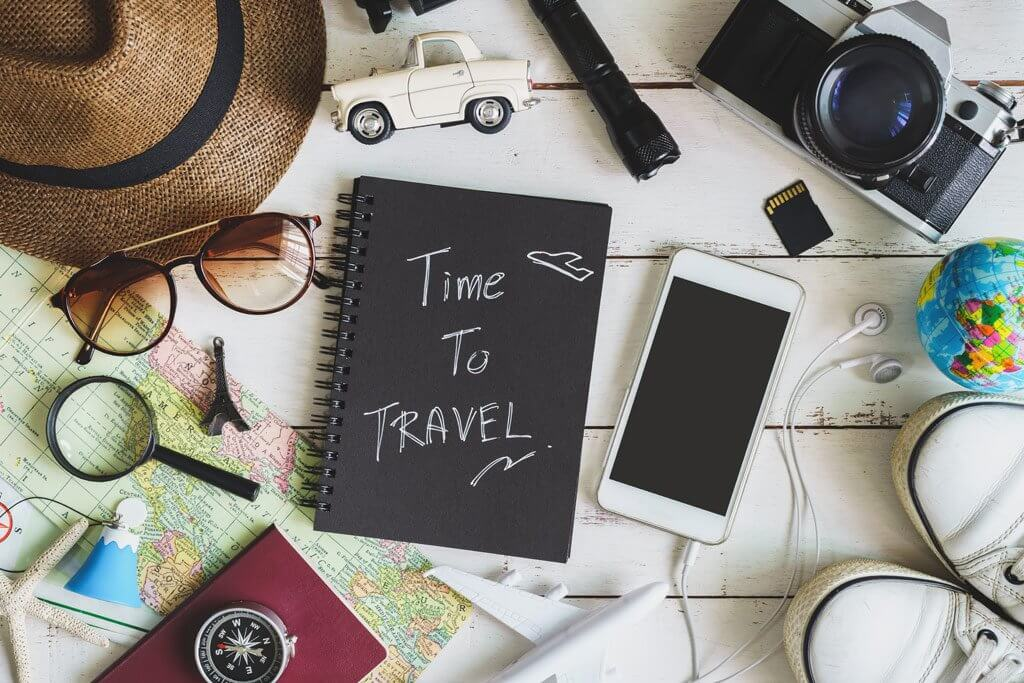
Do you feel overwhelmed by the mere thought of planning a trip? We know the feeling.
Planning a journey entails a lot of responsibilities, such as obtaining a visa, arranging transportation, booking accommodations, and obtaining local currency, which can be overwhelming and stressful.
It seems ironic that organizing a trip, which is meant to be a calming vacation, can induce anxiety. We’ve been there numerous times, but we’ve learned a lot of lessons along the way, and now we’re here to assist you.
This article provides a step-by-step guide that eliminates the stress of trip planning while ensuring you don’t overlook anything.
We’ll show you how to transform a travel daydream into a concrete reality.
Whether you’re planning a brief 2-week trip or an indefinite journey, these steps will guide you from brainstorming to setting foot in your chosen destination.
Believe it or not, we believe that you may enjoy planning your next adventure. We dare you to try!
So take a deep breath and let’s get started with these steps!
Step #1. Determining Your Travel Budget
To commence planning a trip, you must first assess your finances and determine how much money you have available to spend on your expedition.
This step will determine several future actions, such as where you can go and for how long you can stay.
Although this may seem intimidating, we’ve simplified the process to help you create a personalized travel budget. We’ll even reveal how we manage to travel while adhering to our budget.
If you have the luxury of time, we suggest following these uncomplicated steps to save money for your upcoming trip.

Step #2. Choosing Your Travel Style/Companions
Are you planning a short vacation, a 3-week international trip, or an extended period of travel? Additionally, who will accompany you on your journey?
Take a moment to reflect on this question. Will you be traveling alone, with a partner, a group of friends, or with your family, including children?
Your answer to this question will significantly influence the nature of your trip. For example, Tahiti, a popular honeymoon destination, may not be the best choice for a solo traveler.
Similarly, a family-oriented trip may not be suitable for a party-centric location such as Ibiza.
- Traveling Solo? Exploring the world as a solo traveler can be a liberating experience, and there are numerous fantastic cities worldwide that cater to solo travelers.
- Seeking a Romantic Getaway? Romance is not exclusive to beaches and resorts. Browse our selection of top romantic destinations for every type of traveling couple, including some unexpected ones.
- In Search of the Perfect Family Vacation Spot? There are destinations across the globe that are ideal for a family vacation and offer a range of activities for children of all ages.
Before booking your flights for a trip with your partner, make sure to ask them these important questions first.
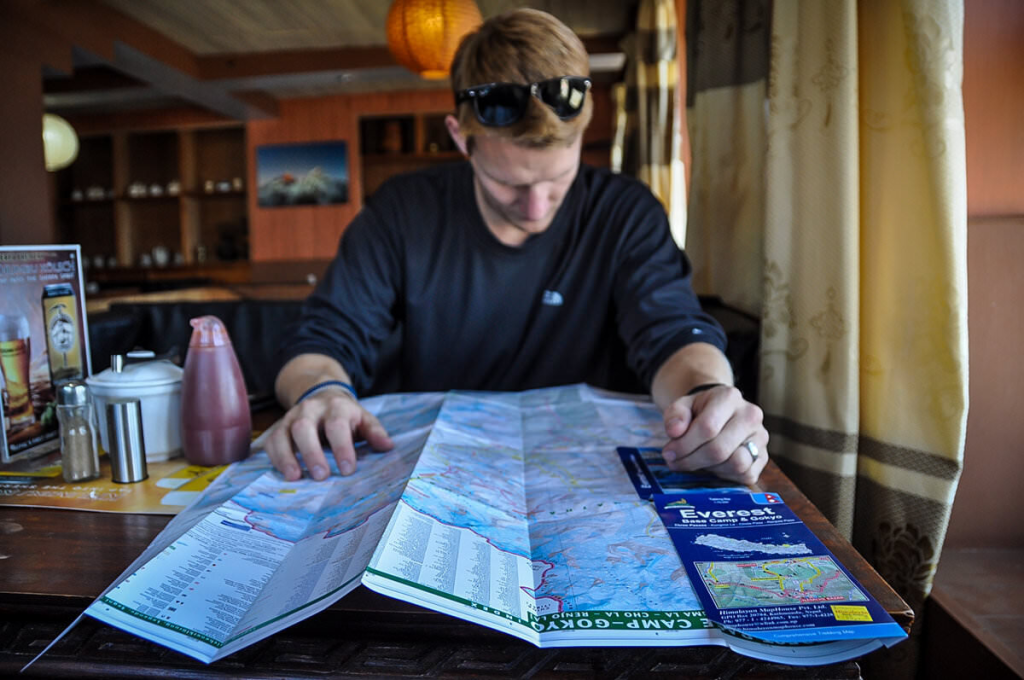
Step #3. Selecting a Travel Destination
While choosing a destination may seem like an obvious step for some, if you’re still undecided, there are a few tips to help you narrow down your options. If you already have a destination in mind, you can skip ahead to the research phase.
However, if you’re still unsure where to go, start by looking at a map and circling the cities, towns, or attractions you’re interested in visiting.
Use social media platforms like Instagram for inspiration, and don’t limit yourself. Consider what you want to do, see, and experience, and look to trusted bloggers’ recommendations for planning your route.
No more paper maps needed, make the switch to digital! Check out this excellent tutorial on using Google My Maps, it’s a real game-changer.
To plan our trip, we determine the number of nights we’ll spend in each city and the transportation options between them.
Our Itineraries page showcases various travel routes and suggestions for your perusal. Additionally, we recommend taking a look at the Lonely Planet travel guides.
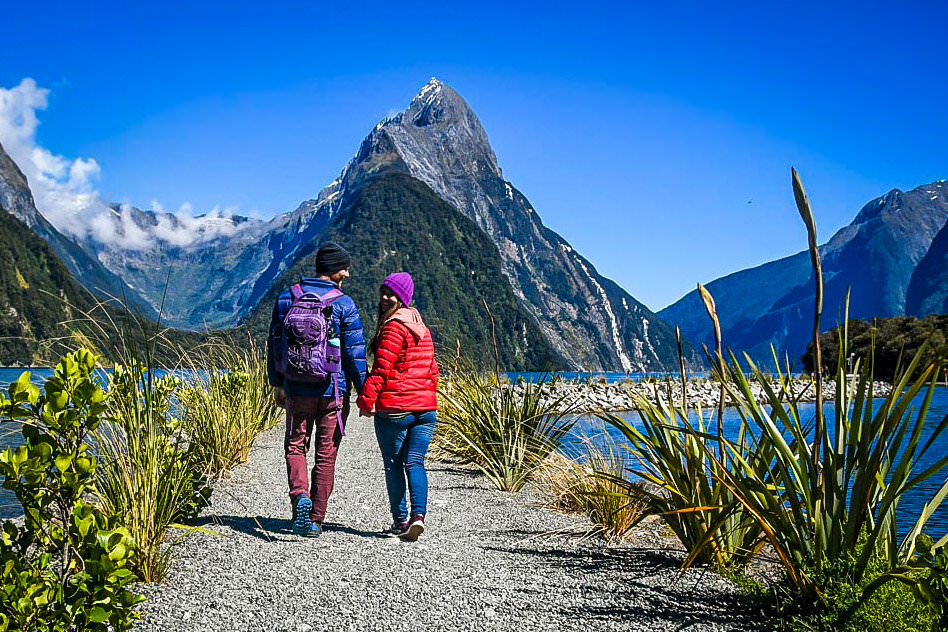
When you believe you have identified a suitable location or locations…
Do Your Research
Make sure to conduct some research and determine the ideal time of year for your travel. Neglecting to do so has had a significant impact on our trip in the past.
Asking yourself the following questions in advance can help you avoid any potential issues or difficulties later on
What can be expected in terms of weather conditions?
- Is it going to be the rainy season, hurricane season, or an excessively hot period?
For instance, during our trip to India, we traveled during the hottest months of the year and were unable to engage in outdoor activities on certain days due to temperatures as high as 110 °F (43.3 °C). As a result, we made a commitment never to make the error of traveling without thoroughly comprehending the weather conditions beforehand.
Is it the peak tourist season or the low season?
- Should you anticipate difficulty securing accommodation due to peak season? Will the lines and crowds at popular tourist destinations be excessively long?
- Conversely, if you are traveling during the low season, should you expect many establishments to be closed? Will closures impede your ability to see and experience everything you had hoped for?
For example, during our visit to Croatia in July, which happens to be its busiest month, we were extremely displeased with the crowds and inflated prices. As a result, we ended up cutting short our stay since we did not enjoy it as much as we had anticipated.
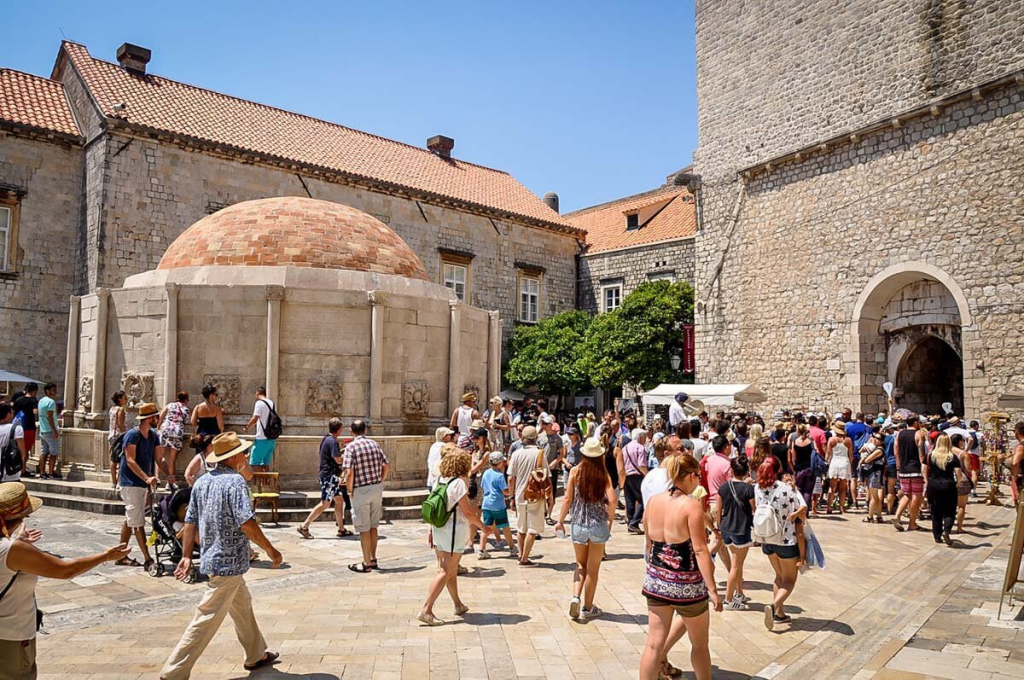
Before you start frantically searching on Google, we have some good news: there are resources available that can significantly expedite the research process!
- If you have a specific destination in mind, Travelendar (a combination of travel and calendar) can inform you of the ideal time of year to visit.
- Alternatively, if you have a specific travel time frame in mind, you can refer to this list that outlines the best destinations to visit each month of the year.
- Furthermore, we have conducted extensive research and compiled a list of advantages and disadvantages of visiting popular destinations such as Japan, Bali, New Zealand, and Iceland during different times of the year.
However, if you have not decided on a specific destination or time frame, you can seek inspiration from this calendar of events around the world.
Isn’t that fascinating?!

These events cater to all destinations and interests, ranging from European music festivals (such as the Sziget Festival in Budapest, as shown above) to cultural festivities and natural phenomena like wildlife migration patterns in Africa.
Once you come across an event that intrigues you, simply click on it to obtain more information.
Pace Yourself
Contemplating your desired pace will determine the number of places you can realistically visit from the list you created earlier.
Do you aim to visit as many places as possible or do you prefer to select a few places and delve into them thoroughly? Are you interested in slow travel, taking time to comprehend the local culture and lifestyle?
Or do you want to tick off locations from your list and travel from city to city, seeing as much as you can? Perhaps a harmonious blend of slow and fast travel suits you? The answer depends on your allotted time and budget.
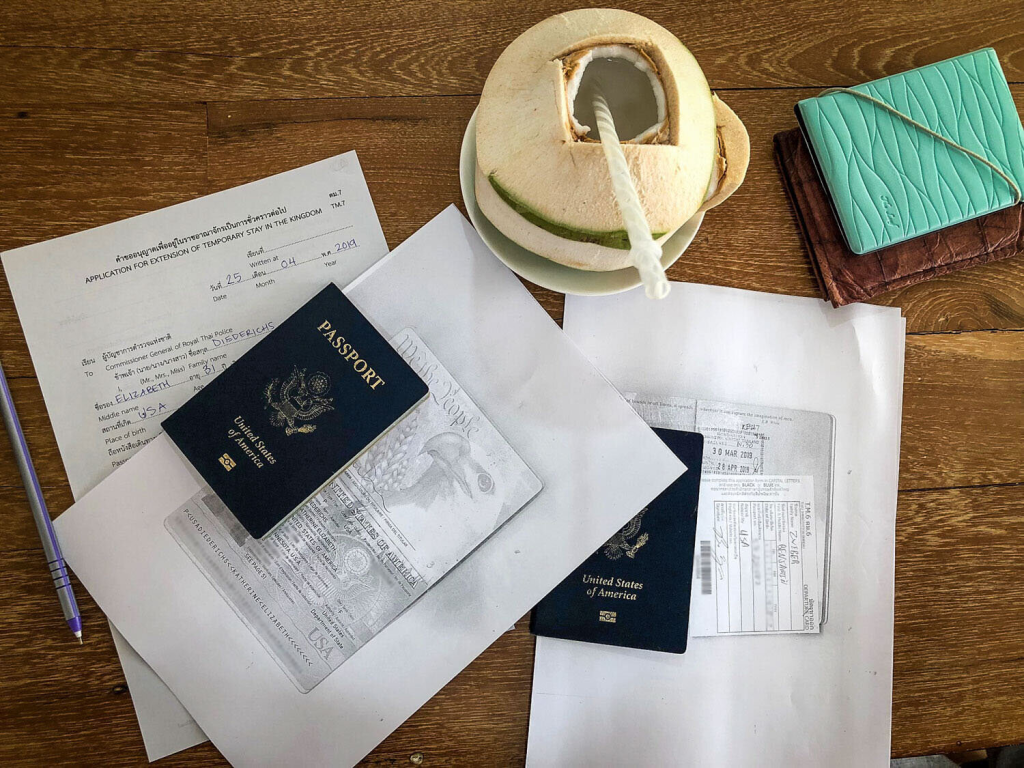
Step #4. Reserve your flights.
You have a destination in mind and your visa is sorted? Great! Now it’s time for our favorite part: booking a flight!
To start, consider these questions: Which airport will you be flying into?
Are you planning a round trip, departing from and returning to the same airport, or will you be departing from a different airport altogether?
Tips for getting the best deals on flights:
- Timing is key. The best time to book a flight varies depending on the destination and time of year, but in general, booking at least 2-3 months in advance is recommended.
- Be open to different routes. Breaking up your flight into multiple legs or considering layovers in different cities can save you money.
- Consider flying through a hub. Certain airports like China or major cities like Los Angeles or New York have a lot of connecting flights to various destinations, which can result in cheaper fares.
- Sign up for price alerts. Many travel websites and airlines offer price alerts, which notify you when the fare drops for your desired route. This allows you to snag the best deals before they’re gone.
- Use a travel credit card. There are many credit cards that offer travel rewards and miles for purchases, which can be redeemed for flights, hotel stays, and more.
Step 5. Reserve lodging

The decision of when to arrange your lodging can vary depending on the length of your vacation. If you have a limited amount of time, like two weeks, it’s advisable to reserve your hotels or hostels in advance through online channels.
This way, you can avoid wasting precious time searching for lodging and focus on exploring your destination. Additionally, it reduces the risk of all accommodations being fully booked.
However, if you’re on a long-term trip, you may choose to book only a few days of accommodation at a time or opt for a spontaneous approach by checking into hotels once you arrive in a new town.
When planning a trip, we carefully consider where to secure our lodging.
Location
The primary factor we consider when selecting accommodation is its location. We conduct prior research to identify the most central location that is close to our intended destinations. In cases where the destination is known for its active nightlife, we might opt for a quieter neighborhood.
Additionally, we may select cheaper alternatives located further away if the price of accommodation near the city center is too high.

Transportation
Apart from location, we also evaluate transportation options in a new city. If the city is easy to navigate by foot, we might prefer to stay at a centrally located accommodation.
However, if there are reliable options for Uber or public transportation, we might select a cheaper accommodation situated outside the city center. We recommend conducting thorough research on transportation options and costs before finalizing your lodging arrangements.
Length of Stay
When we plan to stay in one location for an extended period, such as a few weeks or more, we prefer to rent a place that feels like a home rather than a hotel.
Having access to a kitchen enables us to indulge in our love for cooking and save money on dining out. We typically use Airbnb or Booking to find apartment-style rentals in new cities.
However, for a brief layover or a short stay, we might opt for a hotel and splurge a bit or try to save money by booking a hostel.
Step 6. Conduct a search on activities or attractions.
This is the point where we get excited about exploring new places! We thoroughly enjoy conducting research to discover the various adventures and experiences available in a new location.
Below are some of our preferred resources for conducting travel destination research:
- Pinterest: Probably the first place we look when we get curious about a new place. We use Pinterest as a search engine (just like we would use Google!) and we have found in our experience that there is TONS more helpful content on travel there than if we were to try and sift through the first page of Google.
- Bloggers: We are constantly looking to other bloggers we trust for advice on new destinations. We have some we follow closely so we always know where to check if they have information on a place.
- Airbnb Experiences: Sometimes just checking out what’s offered on Airbnb Experiences is a great way to get ideas of cool things to see and do in a new place.
- Trip Advisor: We like to check reviews for things on trip advisor to see what other travelers have to say about certain experiences or attractions. There can be some seriously good advice on there!
Step 7. Obtain travel coverage
While it’s possible that you may be safer in a foreign country than your home country, accidents can occur anywhere and it’s always advisable to have coverage.
Travel insurance is a must-have for us, and we strongly recommend that you also obtain coverage before embarking on your journey.

Step 8. Reduce the potential hazards of travel
There are plenty of steps you can take before you even set foot in a country to minimize your risk of something going wrong.
Register on your country’s Smart Traveler program
For Americans, you should sign up for the Smart Traveler Enrollment Program (STEP). Through STEP you’ll get emergency updates that would affect your travels, such as bad weather or civil unrest or protests.
Get all necessary Immunizations ahead of time
Before setting foot in a new country, you’ll want to be sure to protect yourself from foreign disease. Use the CDC website to research vaccinations and medications you might need in the destination(s) you are planning to visit.
Scan your documents and email yourself a copy
Scan a copy of your passport and any credit cards you’re bringing, and email it to yourself.

Know common scams
While you’re in research mode, do a quick search of common scams in your destination. Being aware of popular scams is often all you need to avoid falling victim.
Bring backup credit cards
If you are traveling in a group or as a couple, you have a bit of a support system (assuming you each bring at least one credit card).
Secure your belongings
It should go without saying that you’ll want to keep your belongings, and especially your valuables in secure places while traveling.
Step 9. Pack
As your trip approaches, it’s time to start packing, but this can be a challenging task. You want to ensure that you have everything you need while avoiding the burden of carrying too much. Planning your packing in advance is advisable to avoid last-minute rushing and the temptation to overpack.
One helpful tip is to lay out everything you plan to take on a flat surface and remove half of it, as this is a realistic amount to pack. Additionally, for trips lasting less than one month, we suggest packing in a carry-on to make it easier to navigate crowded streets or public transportation.

Step 10. Last-minute prep
You’ve reached the last step! Your trip is approaching, and all that’s left is some final research and making last-minute arrangements.
Data/Internet access
Conduct research to determine the best way to access data or the internet during your trip. If you’re traveling within your home country, this won’t be an issue. However, if you’re traveling abroad, it might be a good idea to purchase a prepaid local SIM card upon arrival. This is often the most cost-effective way to access data while abroad.
Download some helpful apps
- Google Translate: Type in something you want to say, and it’ll translate the phrase into any language you select.
- Google Maps: Before going to a new location, we typically download the offline map for our destination in our Google Maps app.
- GlobalConvert: This app makes it easy to convert anything from currency to distance to temperature.
- Time Buddy: If you’re traveling on the other side of the world, this app makes it super easy to figure out time difference between where you are and your home country.
- Trail Wallet: Yeah, yeah, I know, we’ve talked about this one a lot. But it has seriously changed how we travel.


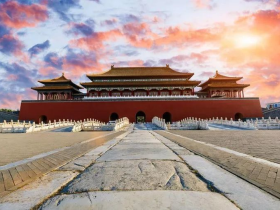









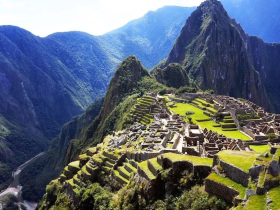

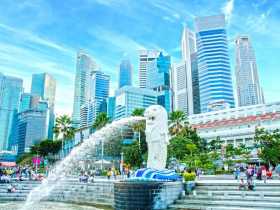
















Leave a Reply